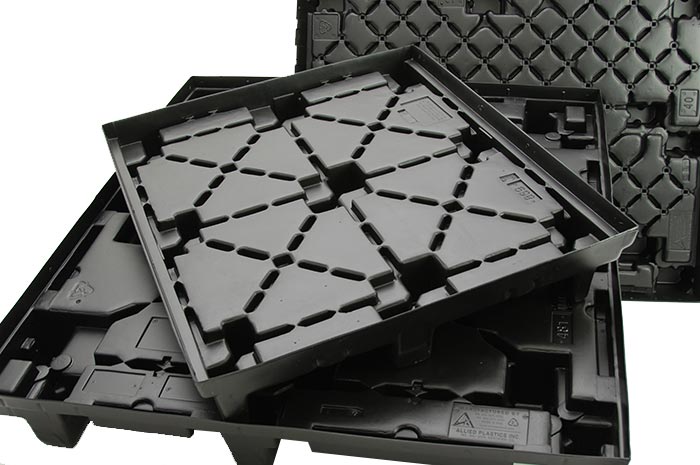- E-mail: jason@lisn-machinery.com
- Tel: +86 185 1618 2855
Vacuum forming is a type of thermoforming. Vacuum forming and plastic thermoforming are similar in the sense that they both require heat. However, the two process are used for different purposes.
When thermoplastic is heated to a certain temperature, the process is vacuum forming. If plastic is produced under extreme pressures and temperatures, it’s known as thermoforming.

How does vacuum forming work?
A sheet of plastic will be heated until it’s pliable. Once the plastic has reached the optimal temperature it will be pressed into a mould and the air between will be vacuumed out. Using a vacuum has an array of benefits, you have the ability to produce large parts. It’s suitable for fitness equipment and displays for point of purchase too.
Which is the most cost-effective?
In comparison, to plastic thermoforming, the use of a vacuum forming can work out somewhat cheaper, in terms of the costs to operate machines. As well as this, the production process of plastic is easier for vacuum forming so you needn’t worry about it being time-consuming!
Thermoforming is cost-effective and you have the freedom to design whatever you need. The time for plastic to cool is much quicker which is ideal if you’ve got a deadline to meet.
Quality
Custom vacuum forming can be tailored to suit your specific needs and requirements. It creates cost-effective pieces that have a high-quality finish.
Alternatively, thermoforming is extremely efficient. If you’re looking to produce high-quality products and lots of them, thermoforming is ideal for you.
The terms vacuum forming and thermoforming are usually interchangeable, however thermoforming is a more generic term and refers to a range of fabrication processing where a plastic sheet has been heated to its ‘plastic’ malleable state and then shaped using a mould. The forming (pushing the plastic on to the mould) can be via vacuum or air pressure.
A male or female mould can be used. A male mould is the same shape as the object being formed, and the plastic sheet would be placed over it. A female mould forms the exterior of a shape and is the reverse of the object being made.
Once the plastic has cooled it will be permanently in the shape of the mould unless it is heated to a high temperature again.
Thermoforming can include pressure forming, vacuum forming and twin sheet forming.
Vacuum forming is a type of thermoforming. The plastic is heated to it’s plastic, soft, malleable shape and placed over a mould. Then the air is vacuumed out, sucking the plastic onto the mould. Then the plastic is cooled back to a solid state, forming the new shape. The air can then be blown back to free the plastic from its mould.
COPYRIGHT © SHANGHAI LISN MACHINERY CO., LTD. ALL RIGHTS RESERVED | Sitemap |